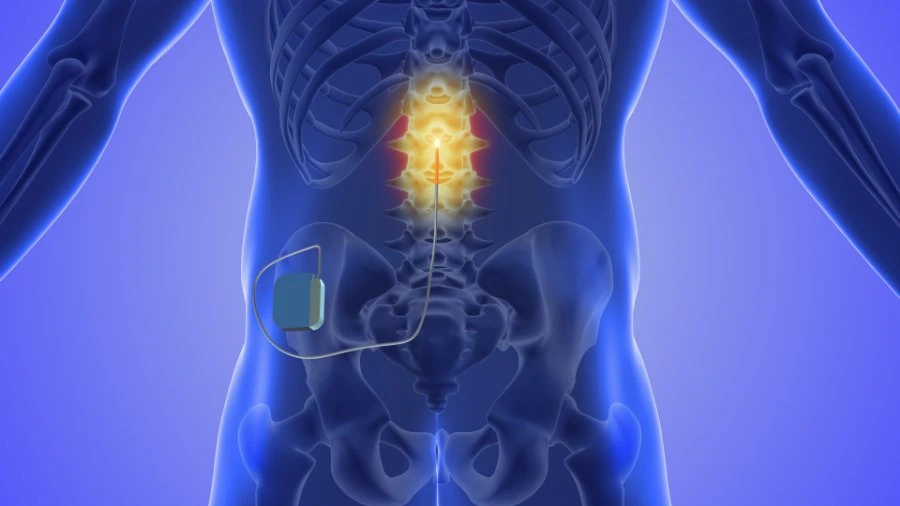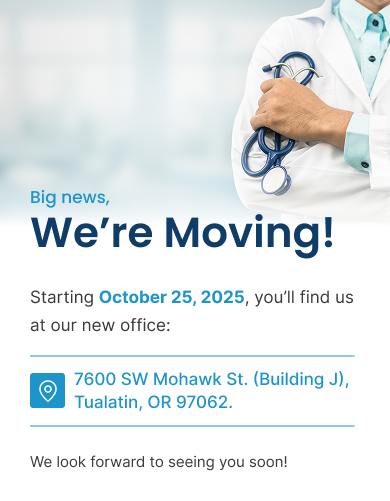Living With a Spinal Cord Stimulator: What You Should Know

If you live with chronic pain, a spinal cord stimulator (SCS) might be your best option for long-term relief. These devices send gentle electrical pulses to the spine, interrupting pain signals before they reach your brain.
At Spinal Diagnostics, we use SCS technology to help patients regain mobility, reduce their need for medication, and improve daily quality of life. But what is it like to actually live with one?
What to Expect After the Procedure
Following the implantation of your spinal cord stimulator, there’s a short recovery period. Most patients experience mild discomfort around the incision sites, which typically resolves within a few days. Our team will provide you with detailed post-op instructions to ensure proper healing.
You’ll also begin to feel the effects of stimulation and can adjust your settings using a handheld controller. Don’t worry — we’ll walk you through how to use it before you leave our office.
Life With an Implanted Device
Living with an SCS doesn’t mean giving up your lifestyle. In fact, many patients return to activities they had previously avoided due to pain. You’ll be able to:
- Walk, drive, and exercise moderately (with some restrictions during the early recovery period)
- Pass through most airport security scanners (you’ll be given a medical device card)
- Use the remote to tailor stimulation to your needs throughout the day
It’s important to avoid activities that involve excessive twisting or bending in the weeks following the implant. Over time, you’ll find a rhythm that supports both your health and your goals.
Check-Ins and Battery Maintenance
Some spinal cord stimulators use rechargeable batteries that can be powered up wirelessly at home. Others are non-rechargeable and will eventually need replacement. We’ll help you choose the system that fits your lifestyle during your consultation.
We also recommend regular check-ins to monitor your progress and make any necessary adjustments to your device settings.
Interested in learning more about how a spinal cord stimulator could help manage your chronic pain? Contact Spinal Diagnostics today to schedule a consultation with our pain management specialists.


